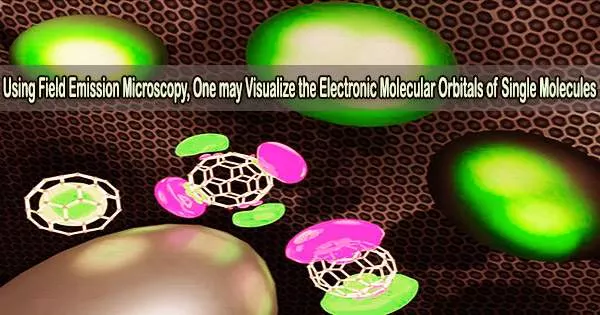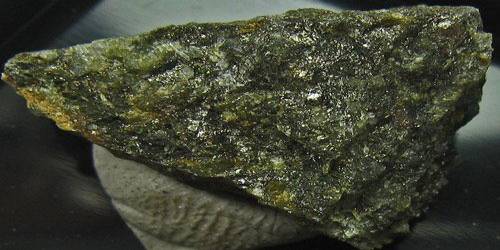Electronic molecular orbitals are quantum mechanical descriptions of the distribution of electrons in a molecule. They are obtained through the process of solving the Schrödinger equation for a given molecular system.
Organic electronics research and development, including organic solar cells and organic light-emitting diodes, is advancing quickly. The development of organic electronics depends on the “shape” of the electron orbitals of organic molecules (molecular orbitals); unfortunately, there are very few ways to visualize molecular orbitals.
The study of molecular structural changes and reactions requires dynamic imaging of molecular orbitals in real space and time, which has proven to be extremely challenging.
In a recent study published in the journal Carbon, researchers showed that the electrons emitted from organic semiconductor molecules adsorbed on a needle tip may be projected to picture the specific molecular orbitals of single molecules. This imaging technique is called “field emission microscopy.”
In molecular orbital theory, the electrons in a molecule are described by a set of molecular orbitals, which are formed by the combination of atomic orbitals from the constituent atoms. Molecular orbitals are formed by the linear combination of atomic orbitals, a process known as LCAO (Linear Combination of Atomic Orbitals).
A thorough analysis of a molecule’s field emission and the distribution of that field in space showed that the visible orbitals might spatially extend beyond the molecule. Superatom molecular orbitals (SAMOs), sometimes known as these orbitals, are appropriate for electron transport in organic electronics.
The study team’s continued efforts have resulted to these precise measurements of SAMOs. This accomplishment will not only help SAMO research in the future, but it also heralds a brand-new dynamic technique for visualizing single molecule transport and reactions on surfaces.
















